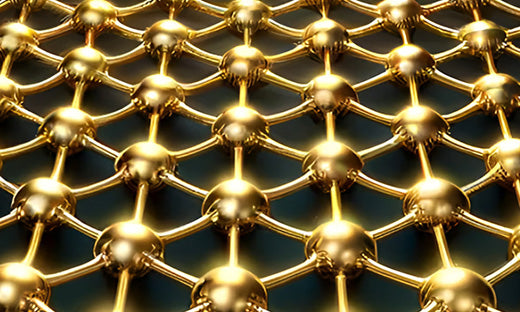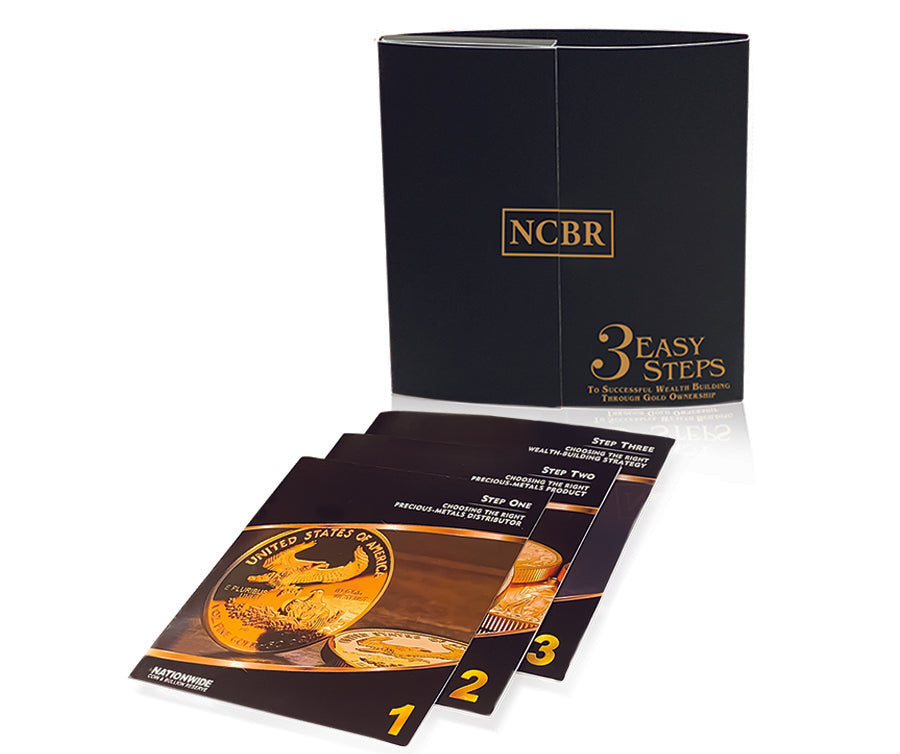Scientists have created the thinnest sheet of gold possible, so thin that they describe it as a two-dimensional object because it is only one-atom thick. It is called goldene.
The creation of goldene is a scientific breakthrough because gold atoms tend to clump together into nanoparticles, rather than willingly lay flat. So, to create goldene, researchers at Sweden’s Linköping University took atomic monolayers of silicon sandwiched between titanium carbide. They then added gold which exchanged places with the silicon to create a sandwiched atom-thick layer of gold. Then, they used a solution of alkaline potassium ferricyanide (a red salt that is used to decorate ironwork) to etch out the titanium carbide and release free-standing goldene sheets up to 100 nanometers wide.
Goldene may prove to have important industrial applications in electronics and for catalyzing chemical reactions. Light can generate waves in the sea of electrons at the surface of a gold nanoparticle, which can concentrate the light energy. This energy has been used to split water for the production of hydrogen.
Goldene is considered a golden cousin of graphene, an atom-thick material discovered in 2004 that is made of pure carbon arranged in a hexagonal lattice pattern. It is extremely strong and highly conductive, giving it numerous applications in electronics, energy, and even the medical industry.
Real Time Precious Metals Data Below







